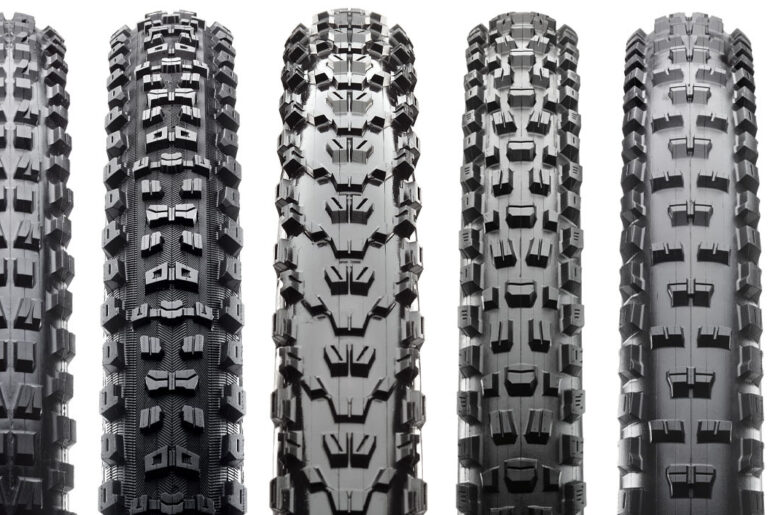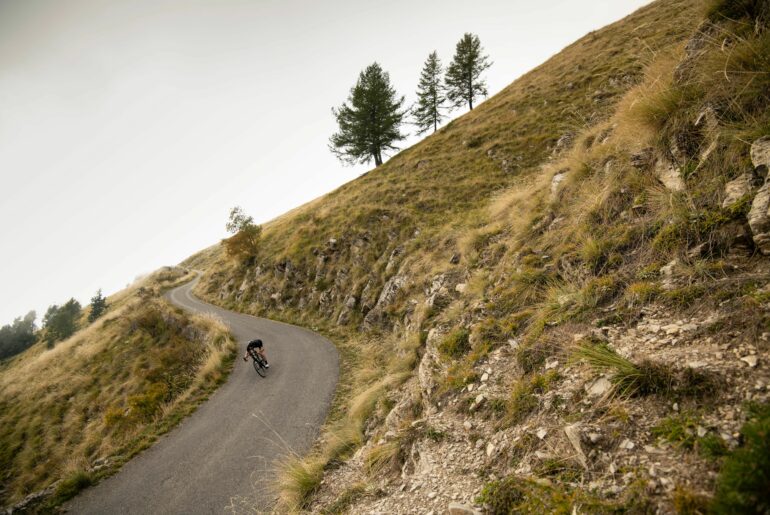After a fresh new road bike but unsure to what size you need? Or you’re not sure what the measurements mean? We will give you the run down and everything you need to know for road bike sizing.
Understanding Road Bike frame sizing
Before you decide what size fits you, its best to know what these numbers actually mean.
These are the important numbers to know.
Stack and Reach
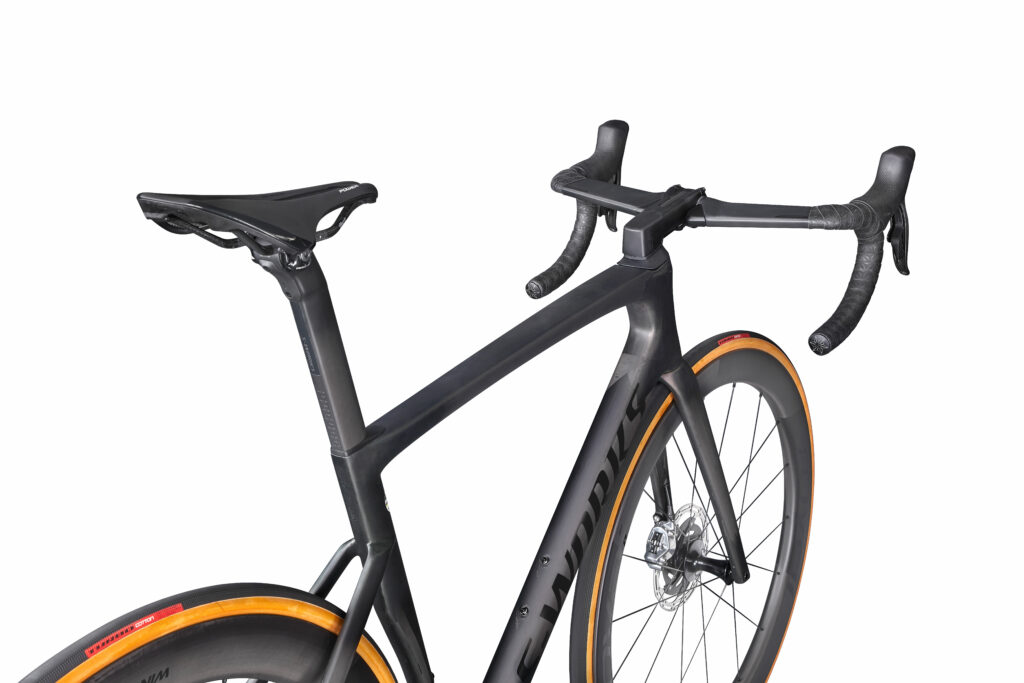
Stack is the vertical distance from the centre of the bottom bracket to the mid point at the head tube. Reach is the horizontal distance from the centre of the bottom bracket to the middle of the head tube.
These measurements will help you determine if the bike will put you into a racer’s position with a long reach and short stack (aggressive), or one which will be comfortable for long, all-day rides (endurance/relaxed) thanks to a short reach and high stack.
For example, a racey Specialized S-Works Tarmac in a size 54 has a stack of 534mm and a reach of 387mm. Comparatively, the endurance ready S-Works Roubaix in the same size has a stack of 585mm and reach of 375mm.
Once a standard fork length was 370mm and you could compare head tube lengths, now more bikes have different fork lengths. A gravel bike or endurance bike that’s got disc brakes and more tyre clearance will have a longer fork to cater for that, so the head tube is going to become shorter but it doesn’t increase the drop.
FORK OFFSET, TRAIL AND HEAD ANGLE

Fork offset (sometimes called rake), trail and head angle are intrinsically intertwined.
Offset/rake is how far the front axle (hub) is offset from the steering axis. Trail is the distance between the tyre’s contact patch with the ground and where the head angle line hits the floor. Head angle is the angle at which a line would travel through from the head tube to the steering axis, to hit the floor.
When it comes to racey handling, expect a fork trail of 55 to 59mm and a steep head angle of 72.5-73º. An endurance bike will have a fork trail of over 60mm and a slack head angle, closer to 71.5º. The differences are seemingly minute, but will show themselves in the ride.
The only exception to this is on very small bikes, where the trail sometimes has to be increased to prevent toe overlap. This is clear within the Specialized Venge charts where a size 49 has a trail of 63mm and a 52 cuts it down to 58mm, down to 52mm on a size 61cm.
Want to view our range of Road Bikes?
SEAT TUBE ANGLE
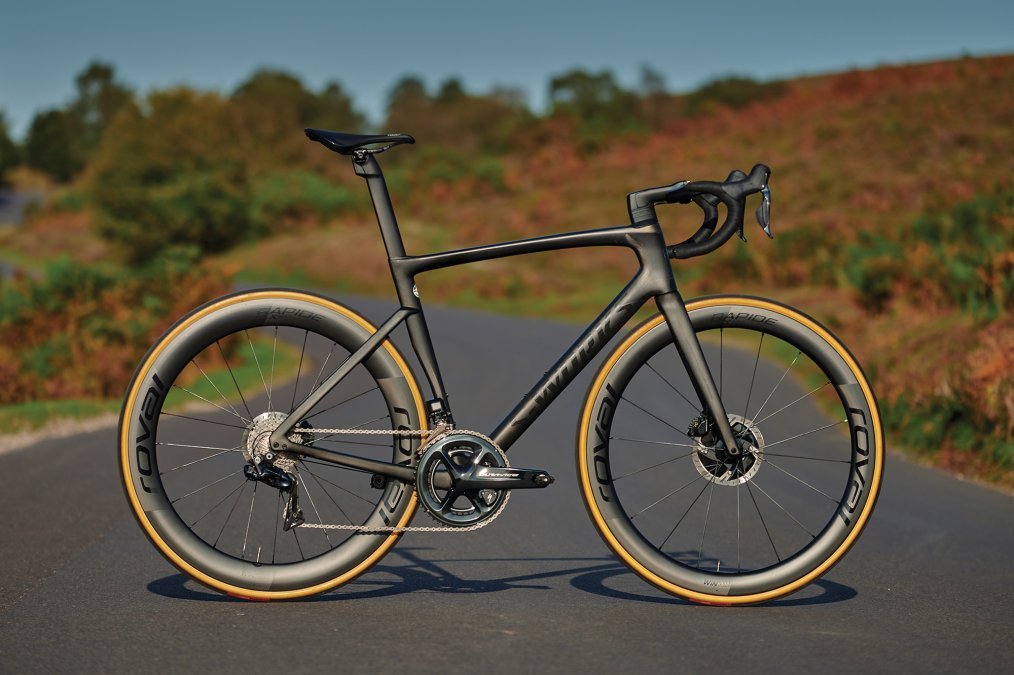
Seat tube angle is simply the angle at which the seat tube sits, and it will have implications on set up.
If the angle is too slack, on larger bikes the seat tube will extend too far backwards. So if you’re a tall rider, it’s worth bearing this in mind.
Seat tube angle will affect where you’re going to position the saddle. It’s one of those standards that’s never really changed, if you look at a small bike it will have quite a steep seat tube angle, 74-74.5º degrees. As the bike gets bigger that seat tube angle tends to get slacker, even down to as much as 72.5º or 72º degrees on the biggest bikes.
WHEELBASE AND BOTTOM BRACKET DROP

Wheelbase is another marker which helps determine the difference between quick footed handling and stability.
The measurement comes from the distance between the centres of both wheels. It can be represented in two parts: rear centre (from the centre of the rear wheel axle to the bottom bracket) and front centre (from the centre of the BB to the centre of the front wheel axle), though few brands provide this level of detail.
Touring bikes and adventure bikes then will have longer wheelbases, with endurance bikes in the middle and race bikes at the other end of the scale. As an example, a size 54 Specialized Roubaix has a wheelbase of 987mm vs 978 for a Tarmac.
Of course, the wheelbase of an all round smaller bike will be shorter, so a rider who wants a really agile bike might choose a smaller bike, using a longer stem and handlebars to get the reach they want.
Another element that will influence stability is bottom bracket drop – how far the BB drops down from the two wheel axles. This standard has changed over time, with factors such as larger tyres playing a role.
Bottom bracket drop and chain stay length are two factors that you’d expect to change throughout the size range of a model.
Now, lets take a look at some size charts
Performance Road Bikes
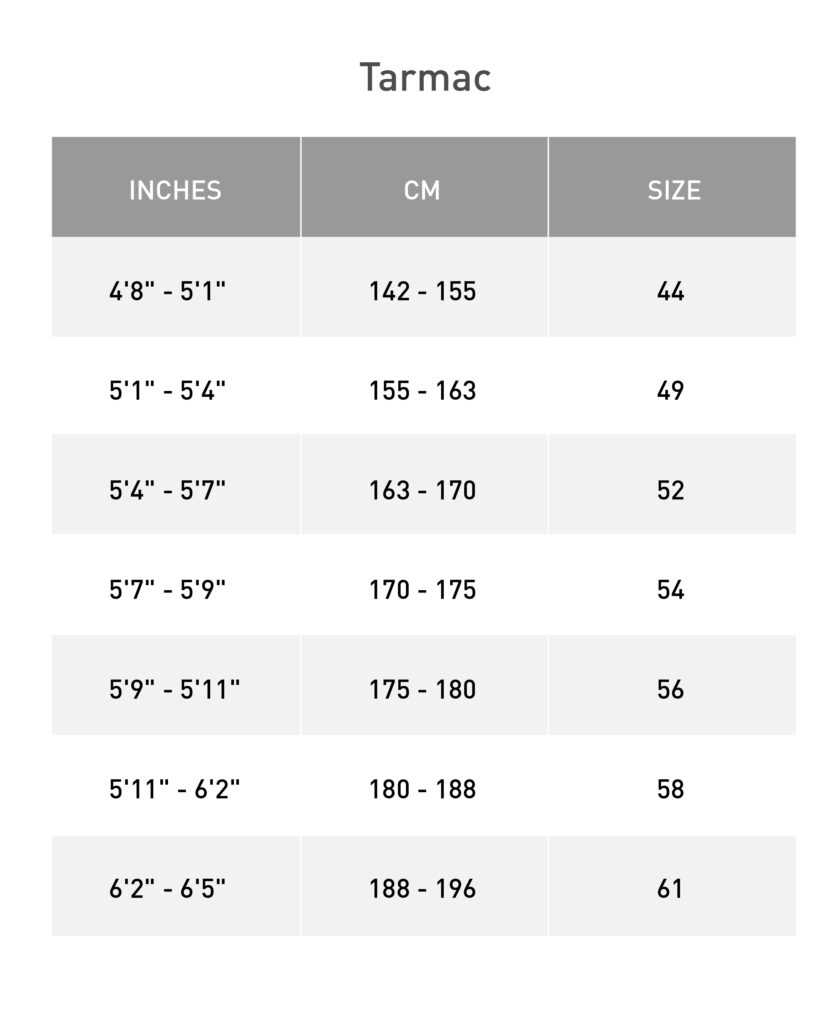
The top Performance Road Bike

The Endurance bike
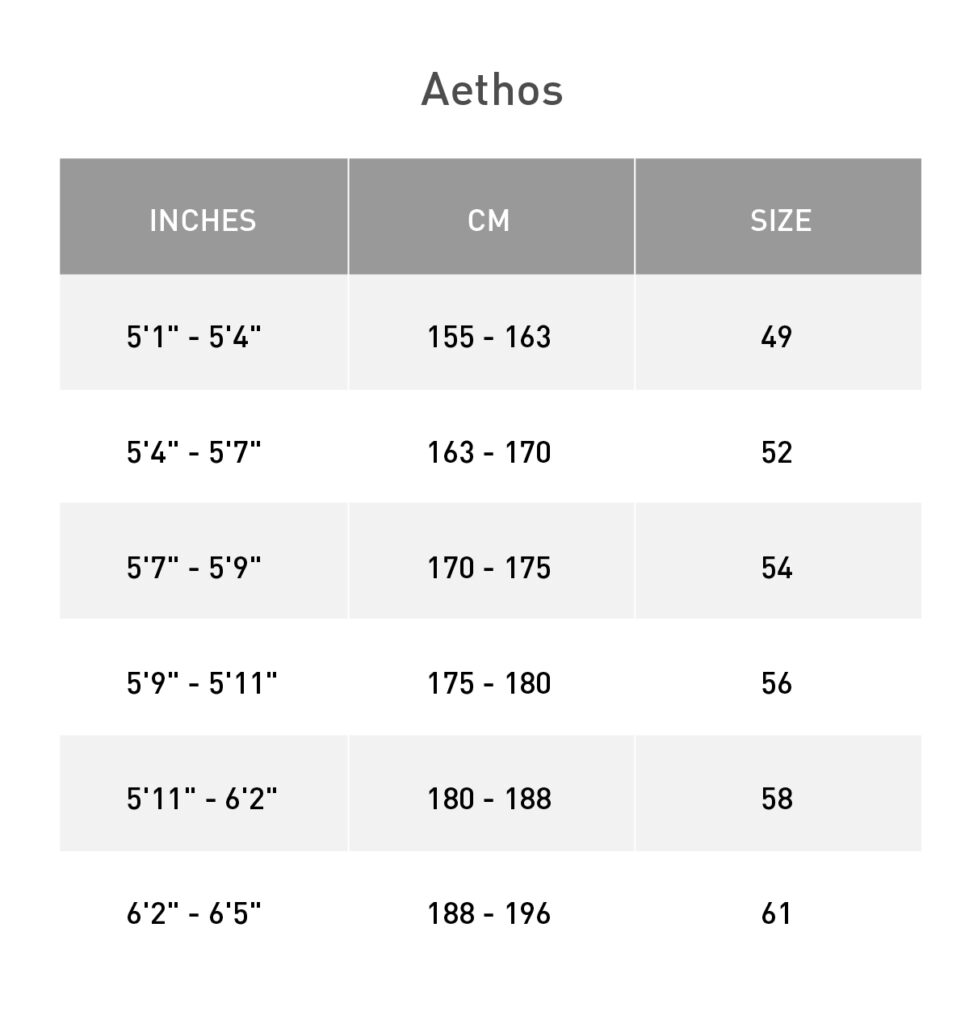
The do it all
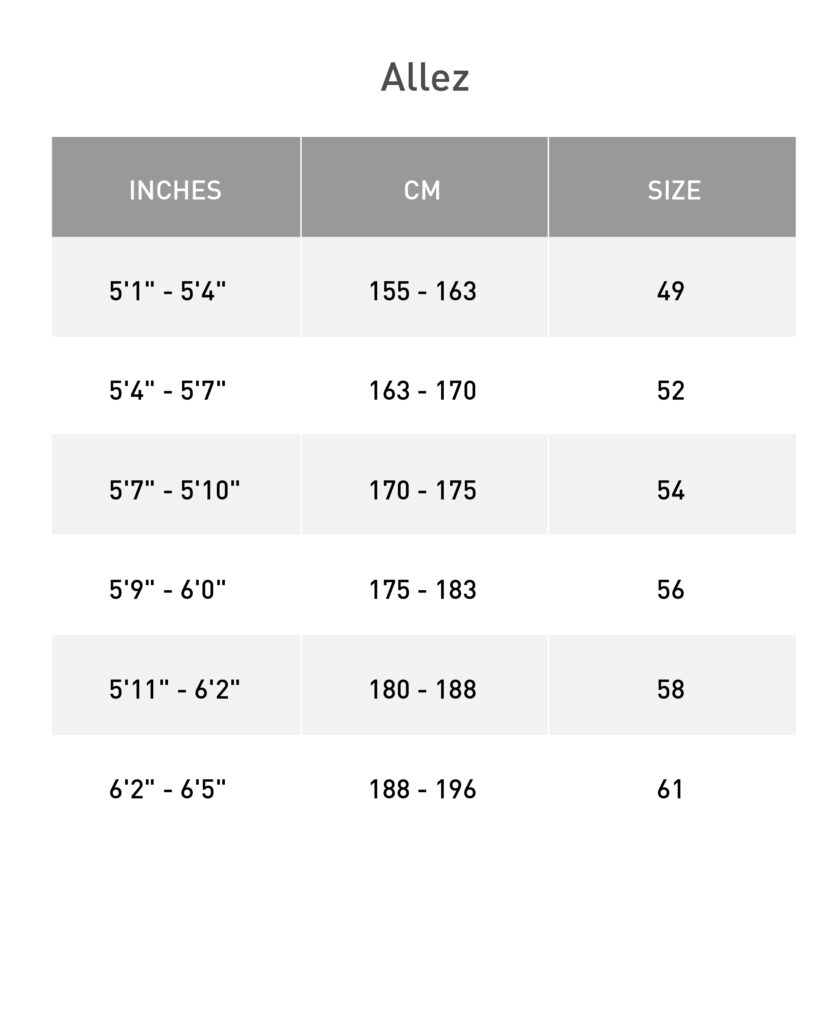
The Entry Level


